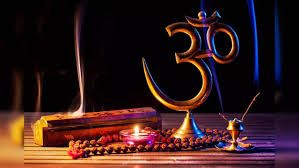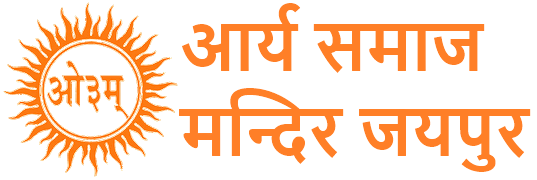- aryasamajmandirjpr@gmail.com
- +917976086454
Solah Sanskar

Solah Sanskar
The Solah Sanskar refers to the 16 significant rituals or sacraments in Hindu culture that mark the key stages in an individual’s life, from conception to death. These rituals are meant to purify, sanctify, and spiritually uplift the person, aligning their life with dharma (righteousness) and divine blessings.
Below is a detailed description of the 16 sanskars:
1. Garbhadhana Sanskar (Conception Ritual)
- Purpose: Performed to seek blessings for healthy progeny.
- Description: A prayer for the union of husband and wife to result in the birth of a virtuous and spiritually inclined child.
2. Pumsavana Sanskar (Fetus Development Ceremony)
- Purpose: Performed during the early months of pregnancy (typically the third month) to ensure the health of the fetus.
- Description: Includes Vedic mantras and prayers for the well-being of the unborn child.
3. Simantonnayana Sanskar (Baby Shower)
- Purpose: To bless the expectant mother and unborn child with health, prosperity, and protection from negative energies.
- Description: A joyful ceremony with blessings, prayers, and offerings.
4. Jatakarma Sanskar (Birth Ceremony)
- Purpose: To celebrate the newborn and welcome them into the family.
- Description: Includes chanting mantras, feeding the baby a drop of honey, and symbolic purification.
5. Namkaran Sanskar (Naming Ceremony)
- Purpose: To give the child an identity and align their name with their astrological chart.
- Description: The baby’s name is whispered into their ear, and blessings are sought.
6. Nishkraman Sanskar (First Outing)
- Purpose: To introduce the child to the outside world and expose them to natural elements like the sun and moon.
- Description: Typically performed in the fourth month after birth.
7. Annaprashan Sanskar (First Feeding)
- Purpose: The child is fed solid food for the first time, symbolizing physical nourishment and growth.
- Description: Usually performed in the sixth month, involving mantras and offerings.
8. Chudakarana Sanskar (Mundan Ceremony)
- Purpose: The child’s first haircut signifies purification and removal of past karmic influences.
- Description: Hair is offered to sacred waters or buried ceremonially.
9. Karnavedha Sanskar (Ear Piercing)
- Purpose: Performed to enhance intellect and physical well-being.
- Description: Both boys and girls have their ears pierced in this traditional ritual.
10. Vidyarambha Sanskar (Beginning of Education)
- Purpose: Marks the child’s formal introduction to education.
- Description: The child is taught to write their first letters, often on a rice tray.
11. Upanayana Sanskar (Sacred Thread Ceremony)
- Purpose: Initiates the child into spiritual learning and responsibility.
- Description: Boys (and in some traditions, girls) are given the sacred thread and begin studying scriptures.
12. Vedarambha Sanskar (Start of Vedic Studies)
- Purpose: The child begins learning the Vedas and scriptures under a guru’s guidance.
- Description: A formal ceremony emphasizing spiritual education.
13. Keshanta Sanskar (First Shaving)
- Purpose: Symbolizes the transition from adolescence to adulthood.
- Description: Typically performed for boys during puberty.
14. Samavartana Sanskar (Graduation Ceremony)
- Purpose: Marks the end of formal education and the individual’s readiness to lead a family or worldly life.
- Description: Includes a ceremonial bath and blessings.
15. Vivaha Sanskar (Marriage Ceremony)
- Purpose: Unites two individuals in a sacred bond of matrimony.
- Description: Performed with Vedic chants, vows, and rituals like Saptapadi (seven steps around the fire).
16. Antyeshti Sanskar (Last Rites)
- Purpose: To bid farewell to the departed soul and assist their transition to the next life.
- Description: Includes cremation and rituals for the peace of the departed soul.
